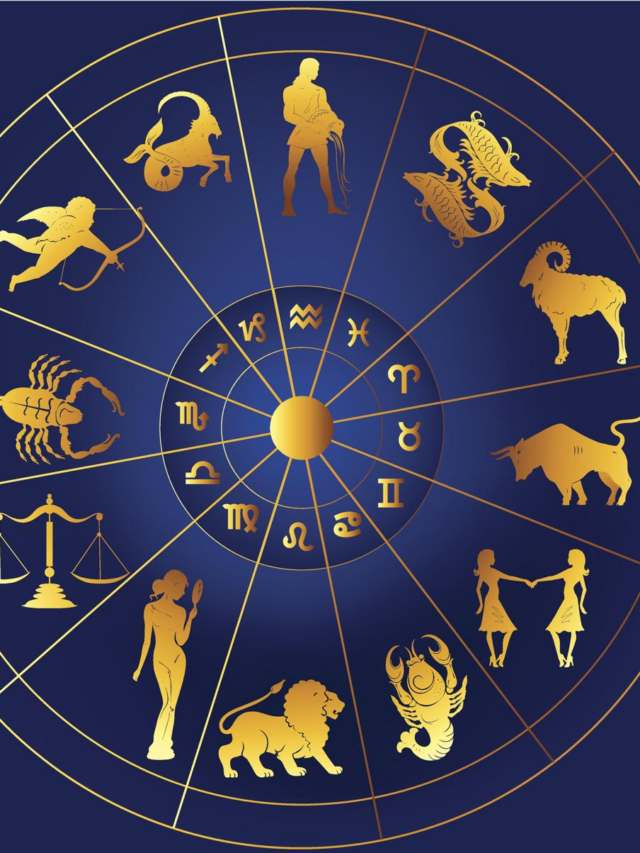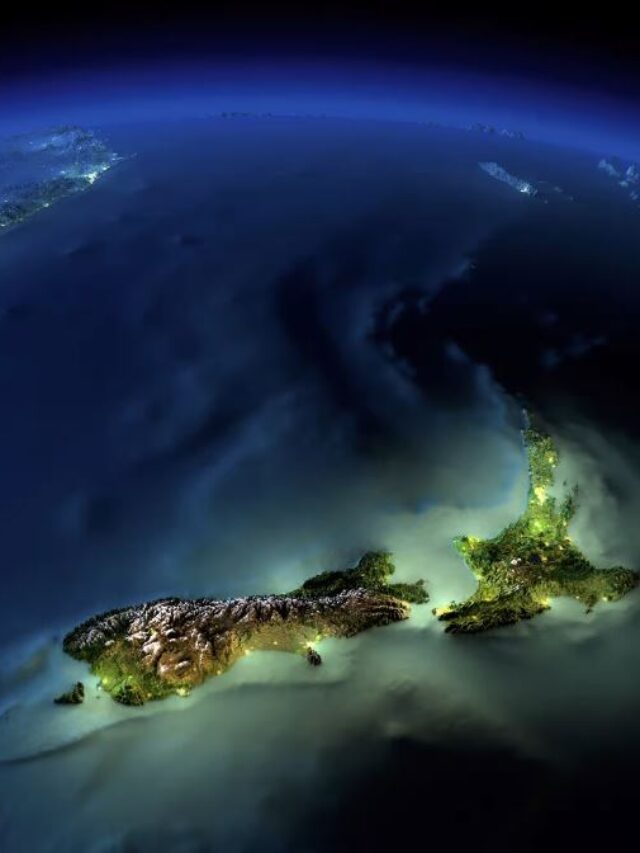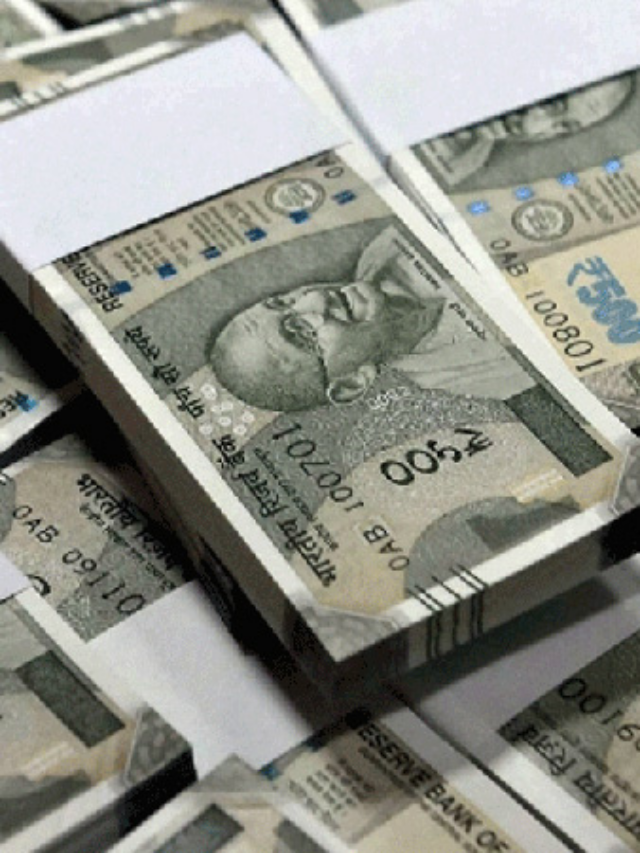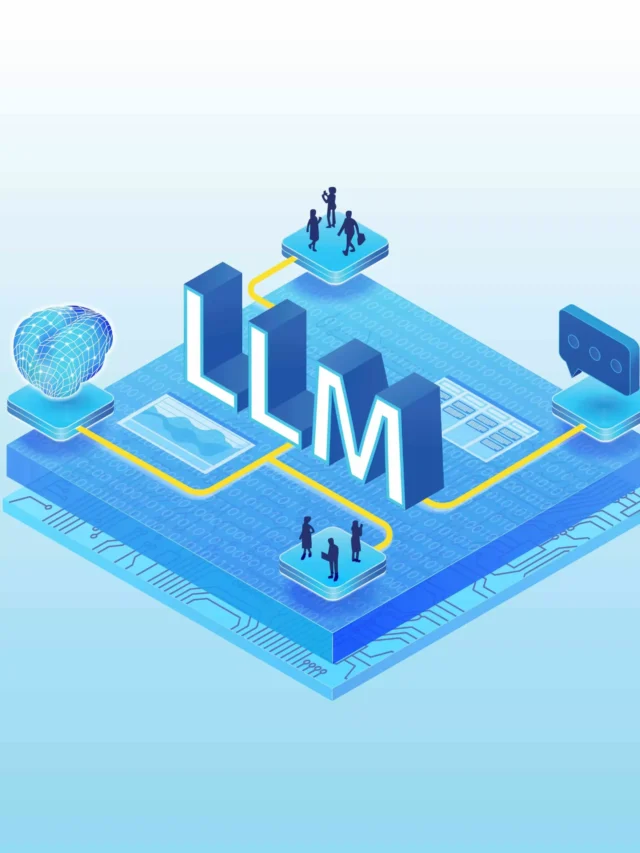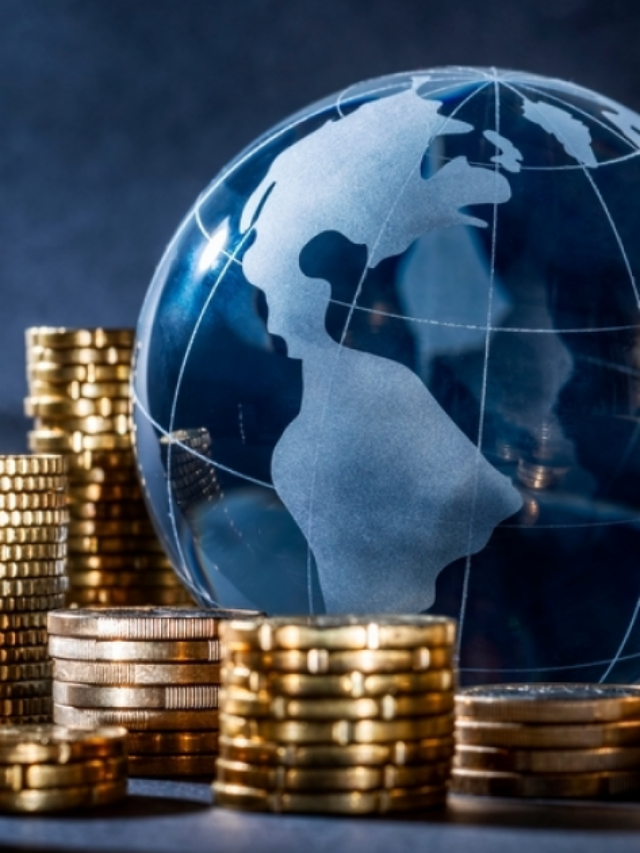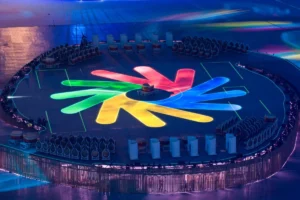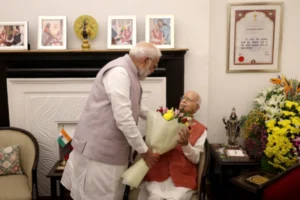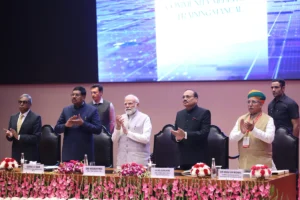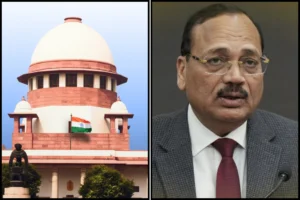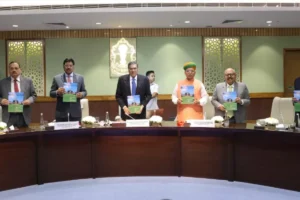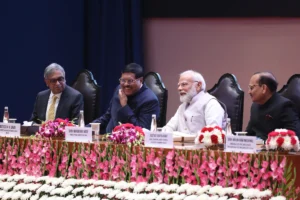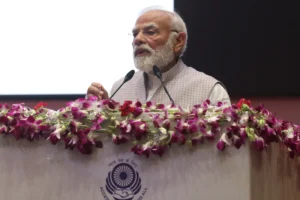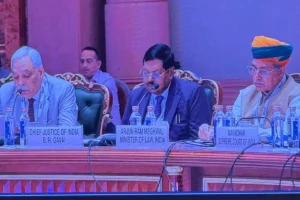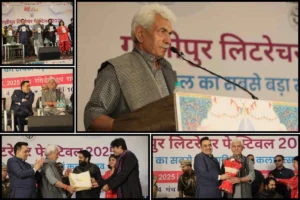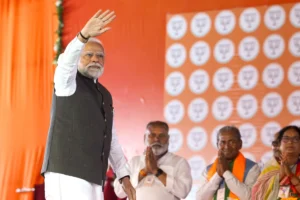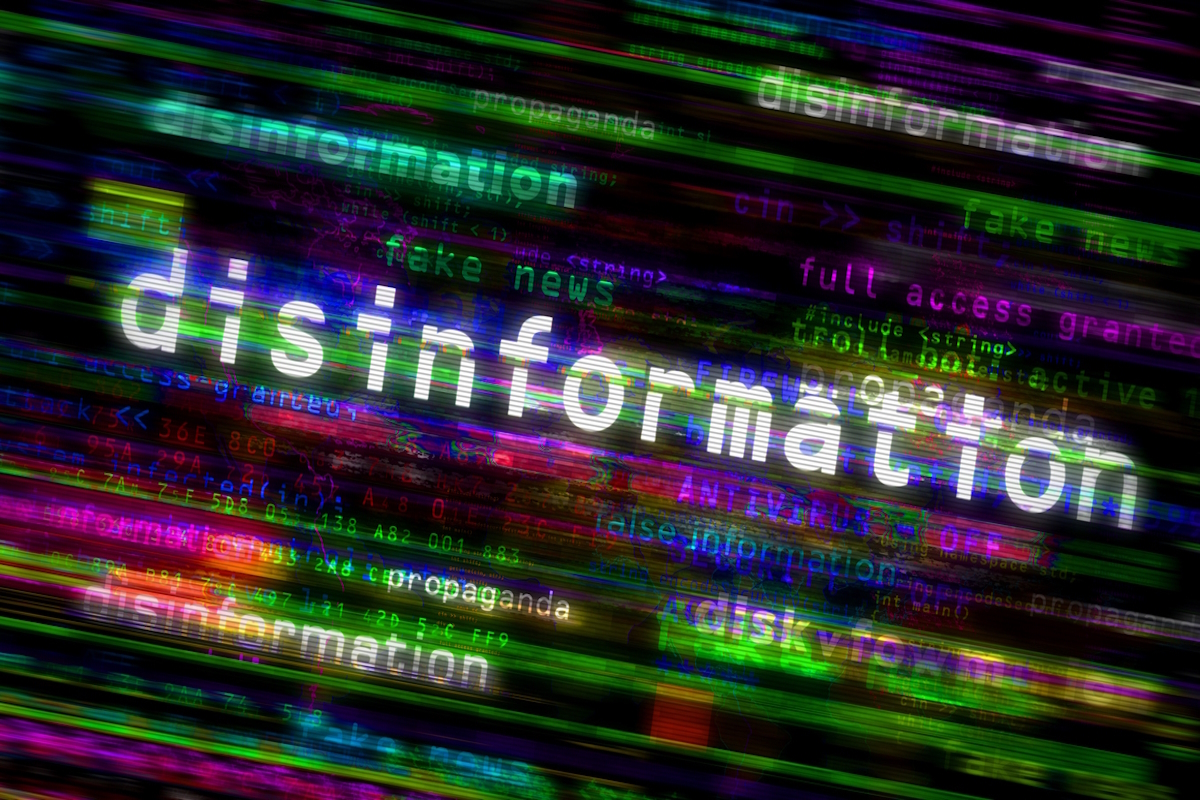
Artificial intelligence is supercharging the threat of election disinformation worldwide, making it easy for anyone with a smartphone and a devious imagination to create fake – but convincing – content aimed at fooling voters.
It marks a quantum leap from a few years ago, when creating phony photos, videos or audio clips required teams of people with time, technical skill and money. Now, using free and low-cost generative artificial intelligence services from companies like Google and OpenAI, anyone can create high-quality “deepfakes” with just a simple text prompt.
A wave of AI deepfakes tied to elections in Europe and Asia has coursed through social media for months, serving as a warning for more than 50 countries heading to the polls this year.
“You don’t need to look far to see some people … being clearly confused as to whether something is real or not,” said Henry Ajder, a leading expert in generative AI based in Cambridge, England.
The question is no longer whether AI deepfakes could affect elections, but how influential they will be, said Ajder, who runs a consulting firm called Latent Space Advisory.
As the U.S. presidential race heats up, FBI Director Christopher Wray recently warned about the growing threat, saying generative AI makes it easy for “foreign adversaries to engage in malign influence.”
With AI deepfakes, a candidate’s image can be smeared, or softened. Voters can be steered toward or away from candidates — or even to avoid the polls altogether. But perhaps the greatest threat to democracy, experts say, is that a surge of AI deepfakes could erode the public’s trust in what they see and hear.
Also Read: Ranchi Police Summons ED Officials For Interrogation In Hemant Soren Case
To read more such news, download Bharat Express news apps








